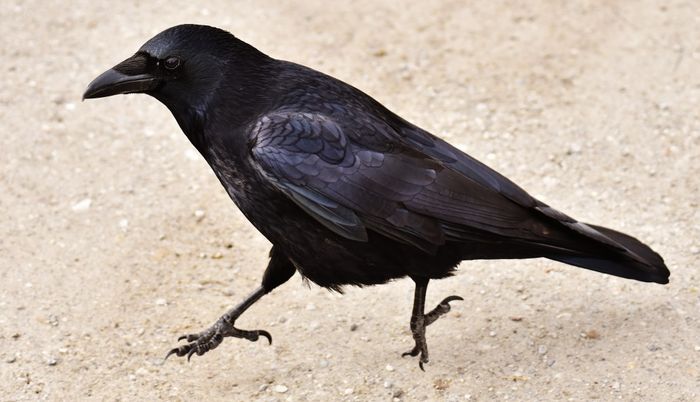Disputes taking place on Twitter are very insincere to and just put it aside. Later, as I watched my followers increase constantly, though they were humble in numbers, I decided that I had to meet their expectations. I tweet now and then, but Im definitely not planning to use it as a way to become a phenomenon. Of course its a matter of choice, I wouldnt judge anyone.
What are your thoughts on the fights that take place on Twitter? Disputes that once took place on TV or in the papers are now on Twitter. Do you think its because of the danger of newspapers and TV distorting whats said, or that people feel more comfortable at their computers?
I couldnt make sense of those disputes when they were only on TV or in the papers, and I cant make sense of them now. If you have such a problem, there must be more private means to solve it. Its obvious that people who use public means for such disputes have other things on their minds and are insincere.
Zinnia is a decorative easy-care plant available in awe-inspiring colors. The flowers of autumns sturdy daughter remain with us even after summer is over, either in the garden or in a vase
White and yellow flowers
Nature does not leave garden lovers without plants in autumn. Zinnia, in bloom from the final days of summer until the first frost, is an easily maintained plant. We have compiled various tips about the tall, dazzling zinnia with red, purple, white and yellow flowers.
– It can grow up to a meter tall
– It is a member of the Composite family.
– It grows in the wild in South America and Mexico.
– It comes in annual and perennial species in herbaceous or shrub forms.
– It is divided into three categories: shrubs,
– Zinnia is also known locally as the unclean womens flower semi-shrubs and tali plants.
– It grows up to approximately 30-100 cm. Shrubs are 15-20 cm tall.
– Offshoots grow vertically.
– Its oval or heart-shaped, stemless, tallish light green leaves are aligned bilaterally.
– Species include early blooming, layered, large or small flowers that grow on long stems, the ends of offshoots or paired along the stems.
– It has red, purple, white and yellow flowers.
– It remains in bloom in moderate climate conditions.
– Its most common diseases are viruses, root or stem decay, odium, botrytis camera and nematodes.
– Its pests are aphids, trips and red spider mites.
– Zinnia requires regular watering with plenty of water
– It is very happy in sunny spots.
– Its optimum temperature is 12-16 °C.
– It likes clay and humus-rich soil, rich in nutrients.
– Its soil must be kept reasonably moist.
– It is sensitive to cold night temperatures.
– It must be watered frequently and with plenty of water throughout the summer.
– Composite fertilizers that are low in nitrogen should be used every week (1-2g for a liter of water).
– Branching must be enabled by pruning the tips when seedlings reach a length of 10-12 cm. Also, ensure to deadhead faded flowers to encourage new blooming.
– Seedling flowers in eight weeks
– It is grown from seed. It can be sown directly in the garden. Seeds can also be sown in containers and be transplanted after germination.
– To grow in pots, sow seeds in containers in late February. If you are cultivating them for cut flowers, seeds are sown in seedbeds in March and April. Once sown, the seeds are lightly covered with a little soil. Seeds germinate in 10 days at 20-26 “C.
– Seedbeds must be kept shaded until germination takes place. After germination, the temperature is decreased by 2-3 °C. About 2-3 weeks after planting the seeds, the plants are transplanted into pots of eight seedlings. The time from seed to flowering is about 8-10 weeks. Tips can be pruned when seedlings reach a height of 12 cm.
Read More about Bulgaria private tours Kazanlak








